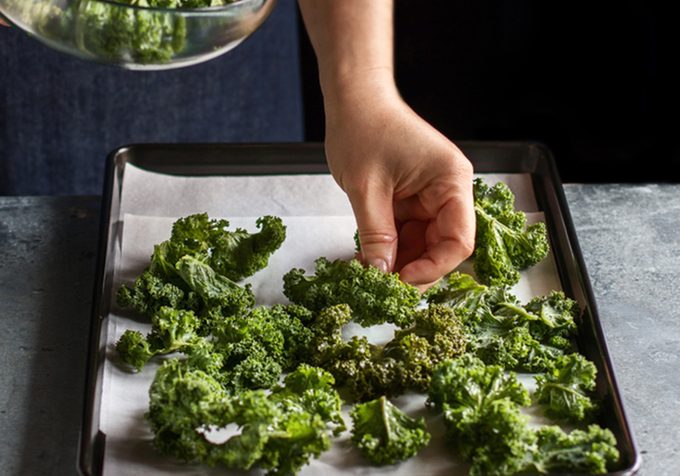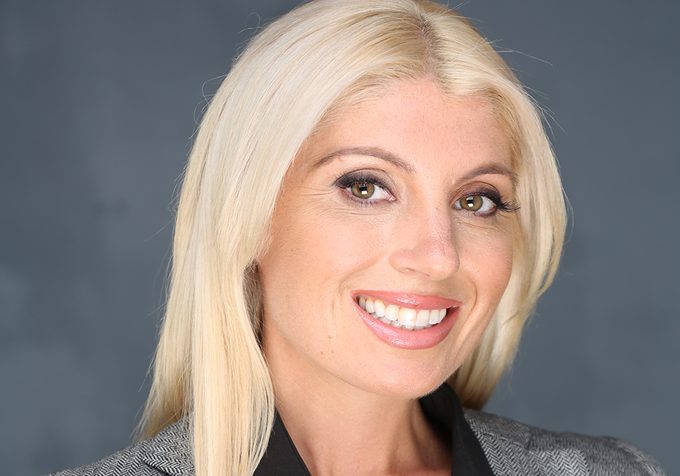How I Broke My Unhealthy Relationship With Food
Founder of The Healthy Crunch Company, Julie Bednarski, shares how she overcame a 17-year-long eating disorder.

Throughout my childhood, I remember loving food. My parents always made meals using fresh ingredients, and I loved to help prep meals with my mother in the kitchen. I was a heavier child growing up, but had a very happy and jolly childhood. It wasn’t until my early teens that my weight started to become an issue.
During that time, I started to get bullied about my weight and I became more self-conscious. The teenage years can be especially tough for an overweight child, and this led me to develop unhealthy behaviours like restricting food and exercising excessively.
It didn’t take long to notice that people would tease me less once I started to lose weight. I also felt that I was becoming more accepted at school. From that, I developed a fear of food and an obsession to be skinny.
“I was malnourished”
Eating disorders and disordered eating behaviours are often a very private and hidden issue for those suffering with the condition. On top of extreme exercising, I was also obsessed with food–except I never ate anything. I’d read about food and prepare food for others, but would never eat the meals I made. Over time, these activities just got more complex and excessive.
When I got to my lowest weight at 95lbs, I was malnourished, weak, depressed, and couldn’t focus at all. I was very sick and couldn’t function normally. My poor health affected every aspect of my life from family and friends, to relationships and work.
At my lowest point with my eating disorder, I was too sick to go to work. It was then I knew that if I didn’t get better, I might not be around for much longer. From that point on, I made a commitment to myself and started to feel the desire to get better.
Recovering from my eating disorder
I decided to quit my job and focus 100 percent on getting my health and happiness back. Once I realized that I needed to take time away from work to heal myself, I decided to go to a treatment facility in the United States. This was a critical step in my recovery. Being away from my family, friends, work, and my daily life, helped me focus on my recovery. My day was filled with activities that foster self love, discussion with therapists, journaling, meditation, learning how to nourish myself and lots of self reflection.
Lots of self love, healing, and acceptance has brought me to a place today where I can happily say I’ve recovered from my eating disorder. Looking back, the best decision I made was to take time off to find true myself and regain my health.
It has taken me many years to develop a healthy relationship with food. My food philosophy is based on eating whole, real fresh food that makes you feel good inside and out. However, everyone is an individual and finding out which foods agree with your body is important. Personally, I love fruits and vegetables, but I love crunchy foods even more, which is what ignited my love for the kale chip.
Turning a New Leaf
Kale is an amazing vegetable, (I like to call it the queen of all greens!) and is very nutrient dense. I’m not into sweet or salty snacks, but crunch is definitely something that I need, so kale chips seemed like the perfect option. But there was a problem: I could never find a good kale chip on the market that satisfied all my desires for size, flavour and the super crunchy texture. So, I decided to create my own recipe at home. I used my culinary training to start experimenting with different recipes. Eventually, I made the ultimate kale chip, and The Healthy Crunch Company was born.
Today, six flavours of Healthy Crunch kale chips can be found in Loblaws and Whole Foods Market, Starbucks, The Big Carrot and health food stores and independent grocery stores.
Julie Bednarski is a registered dietitian and founder of The Healthy Crunch Company. Here, she shares her story on overcoming an eating disorder and how her love of kale chips was born.





